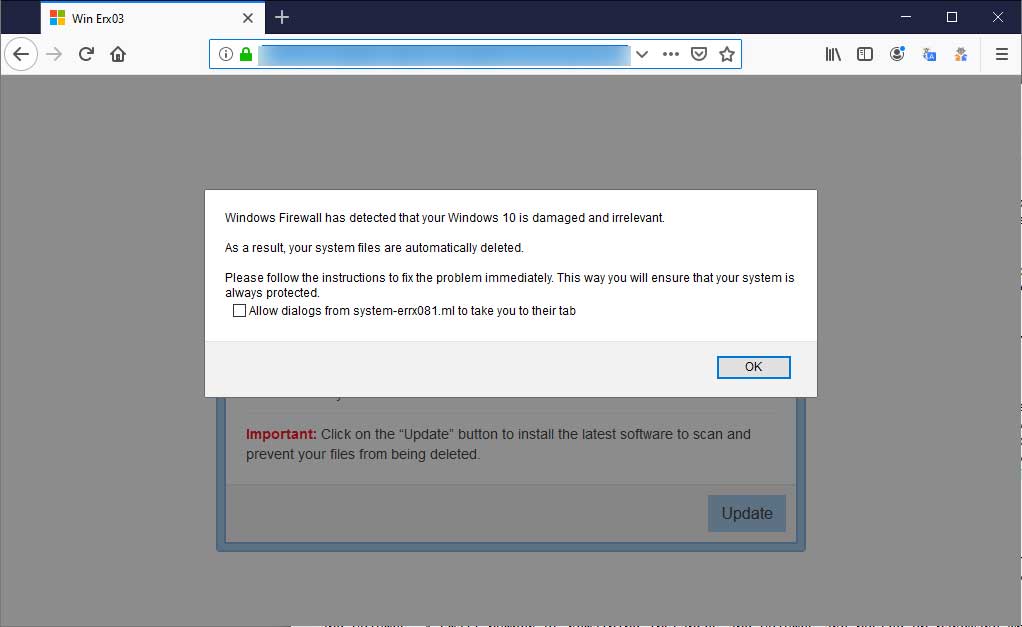
Hopefully, you don’t have to factory reset anything to fix your connection issue. One of the earlier steps should take care of it, but there’s no perfect formula for network issues.
Change Dns Server
If you follow all the steps, you’ve confirmed that your devices are set up correctly and you don’t have anything blocking the connection. At this point, if you can’t get any devices online, it’s worth checking if your internet service provider (ISP) is having an issue. Though this is rare, it could explain why you can’t get online.
For the purposes of this guide, we’re going to focus on those times when you’re connecting your gadgets—phones, tablets, laptops—to wifi. If you want to switch to something else, you can change the settings on devices individually, or on your router (which obviously supplies wifi to everything else in your home). Those of you happy to go all-in with an alternative DNS can take the router approach, while the device-specific option lets you test the waters. One of these tools, called IP Leak, automatically displays your DNS settings when you visit its website at ipleak.net. If you are using a virtual private network, you may only be able to see DNS information assigned by the VPN, not your normal internet provider.
We will keep these tips you shared in mind as we look for a reliable service to use. There are actually DNS caches at every hierarchy of the "lookup" process that ultimately gets your computer to load the website. This allows Google to know even more about your internet habits, as their DNS servers will be able to see every site that you visit. 8.8.8.8 and 8.8.4.4 are Google Public DNS servers. They are a good work around when the DNS Server from your ISP is either not working or properly updating.
- DNS errors occur when you’re unable to connect to an IP address, signalling that you may have lost network or internet access.
- Here I have found the easiest way to fix the DNS server isn’t responding or DNS Server Not Responding error.
- To fix DNS Server not responding, You can restart your modem and router if you have one to solve the problem.
- The DNS translates your web domain name into an IP address and vice versa.
- The “DNS Server Not Responding”error is occurs because of network problems, also occurs because of bad network providers.
Narrow Down The Problem With Multiple Websites And Devices
You sit down to get some work done on your Windows computer, and that’s when you see it. The dreaded yellow triangle appears over your internet connection icon, annoyingly proclaiming that you have No Internet Access. It never occurred to me that using an ethernet connection is better than a wifi connection because wifi can get overwhelmed by the number of users on a particular network. My wife and I are moving soon and we will be needed to find a new internet provider.
The IP address 8.8.8.8 just so happens to be a DNS server dll file owned and run by Google, and is very reliable. That is the IP address for a domain name server run by Google. Basically, since there was a problem with whatever DNS you were using, you were told to switch to a different one. or later (if your phone qualifies, go to Network and Internet, Advanced, and Private DNS from Android Settings).
Command Prompt: How To Open Websites On Chrome With Cmd Line Url
There are a few tools that can tell you information about your internet connection, including your DNS settings, through a web interface. Network administrators can delegate and subdelegate several layers down. Every DNS zone has an authoritative server which answers queries only with original dynamic data; nonauthoritative servers may have only caches. If a DNS error occurs, you may have to investigate at a few different levels to understand precisely what is causing the problem and how you can quickly get users back online. You can find out whether changing DNS server has solved the problem by carrying out a simple test.